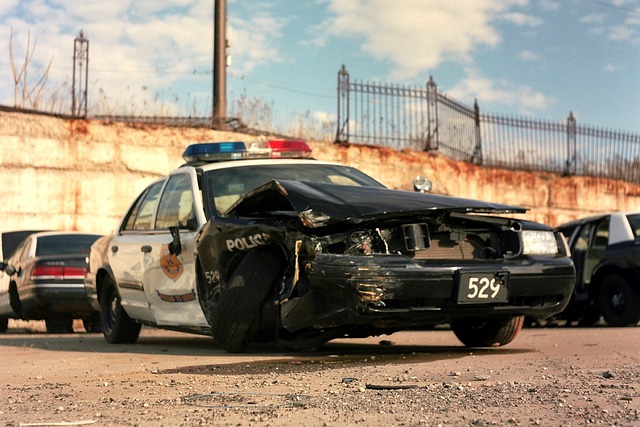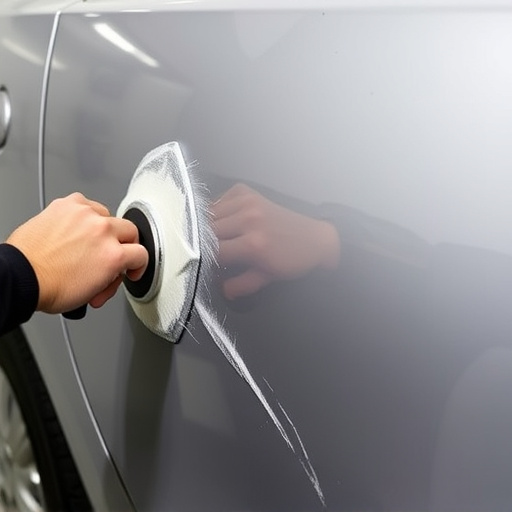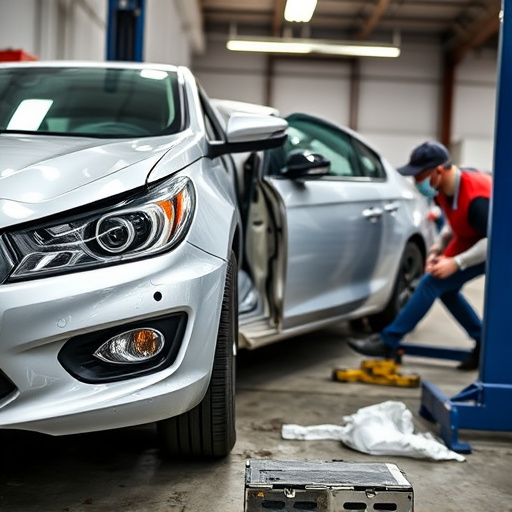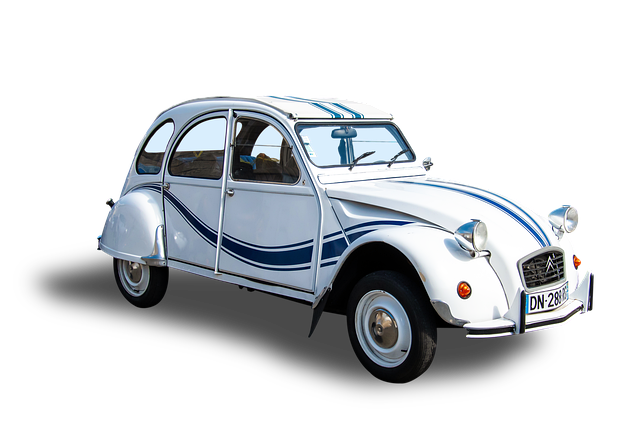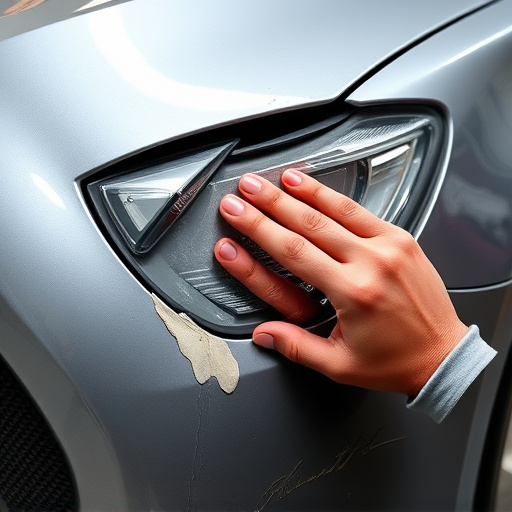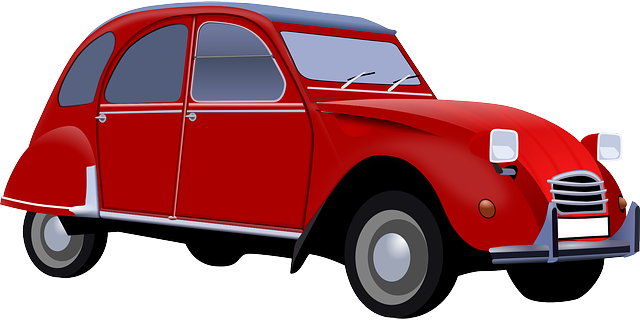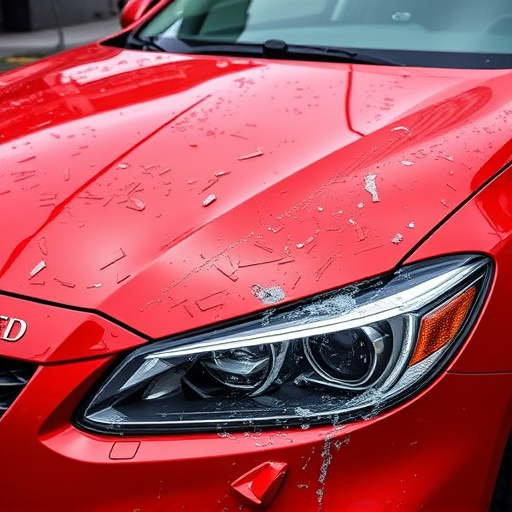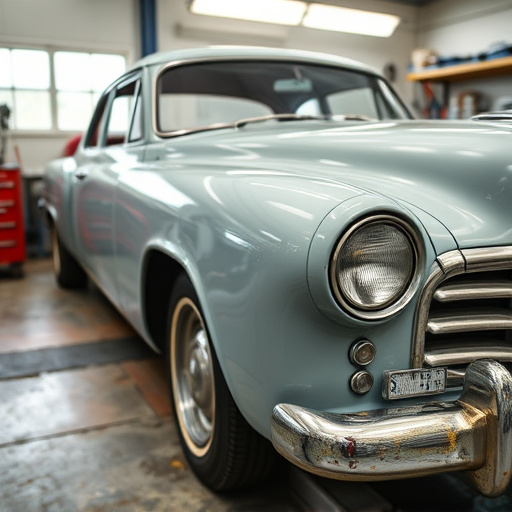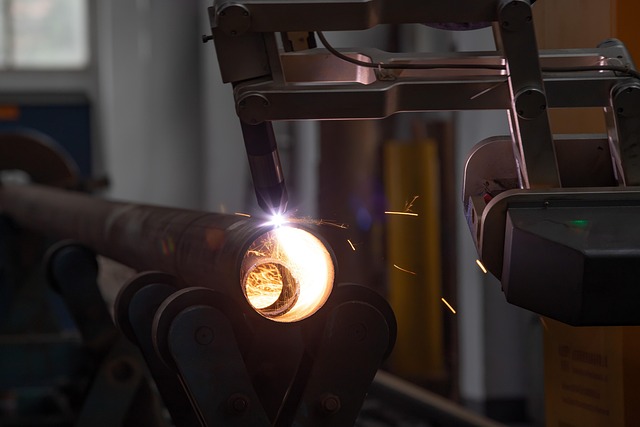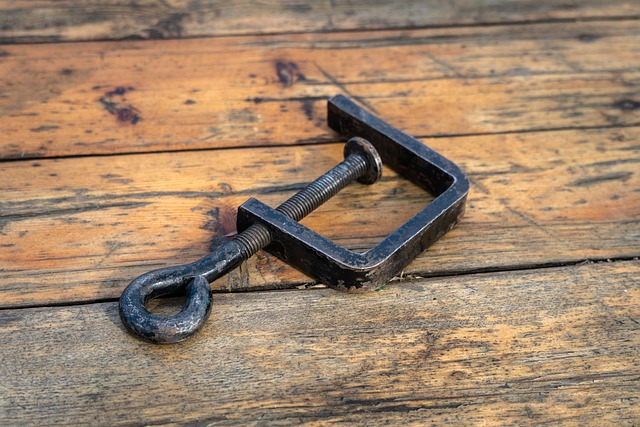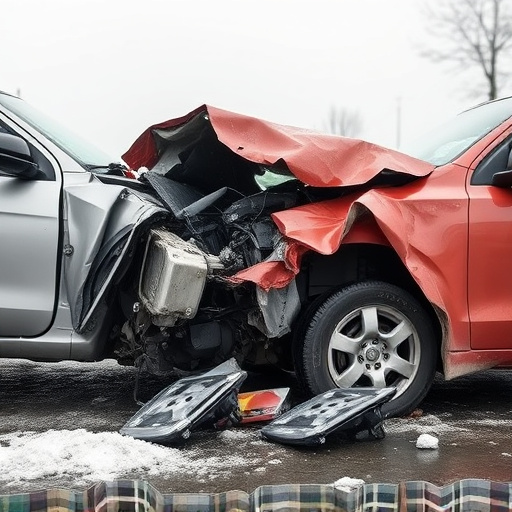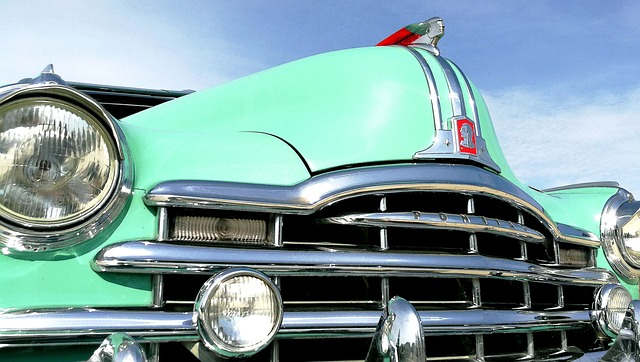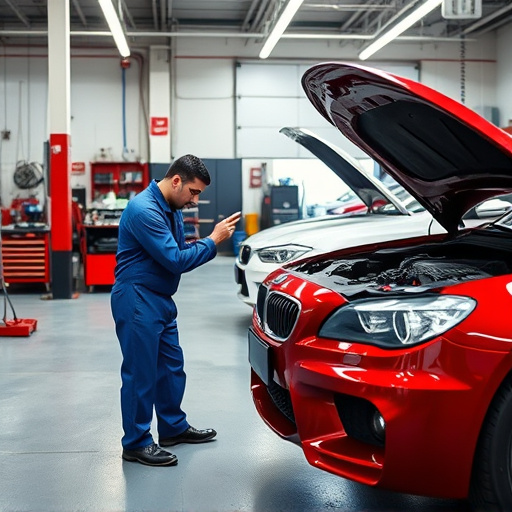Car paint restoration addresses common issues like swirls, scratches, and chips from car washes, stone chips, or accidents. While minor defects can be fixed with polishes, severe damage requires professional services using advanced techniques and tools for seamless, durable finishes. Choosing the right products and a multi-step process is crucial for successful car paint restoration.
Are your car’s paint job looking a bit dull or damaged? Don’t worry, you’re not alone. From swirls to scratches, common paint issues can diminish your vehicle’s appeal. But fear not! Car paint restoration is here to save the day. In this guide, we’ll explore understanding these issues, mastering restoration techniques, and selecting the best products and tools for a flawless finish. Revive your car’s look and keep it sparkling for years to come with our comprehensive car paint restoration tips.
- Understanding Common Car Paint Issues
- The Art of Car Paint Restoration Techniques
- Choosing the Right Restoration Products and Tools
Understanding Common Car Paint Issues
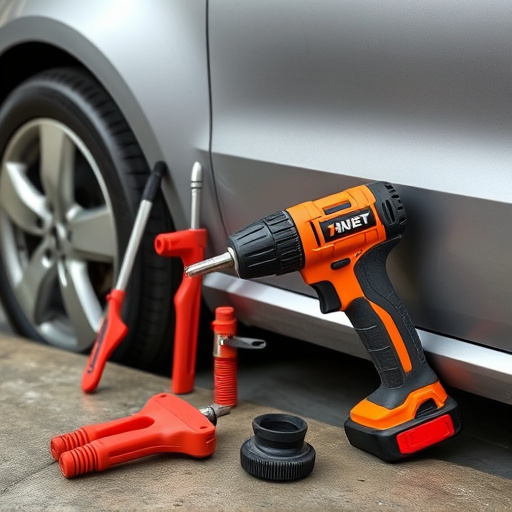
Car paint issues like swirls, scratches, and chips are common problems that many vehicle owners face. These defects can result from various factors, including car washes, stone chips, bird droppings, or more severe incidents like collisions or accidents. Swirls, for instance, are usually caused by improper washing techniques or environmental contaminants, leading to a marring of the paint’s surface. Scratches, on the other hand, can be the outcome of road debris, car parks, or even just handling errors during regular cleaning or maintenance.
While some minor scuffs and swirls might not significantly impact the vehicle’s aesthetics, more extensive damage, especially from collisions or auto body shop mishandling, requires professional attention. Collision repair specialists and skilled auto body shops offer car paint restoration services to revive the vehicle’s appearance and protect its underlying layers. Vehicle paint repair techniques ensure that not only do these issues get resolved but also that the restored paintwork is durable and matches the original finish seamlessly.
The Art of Car Paint Restoration Techniques
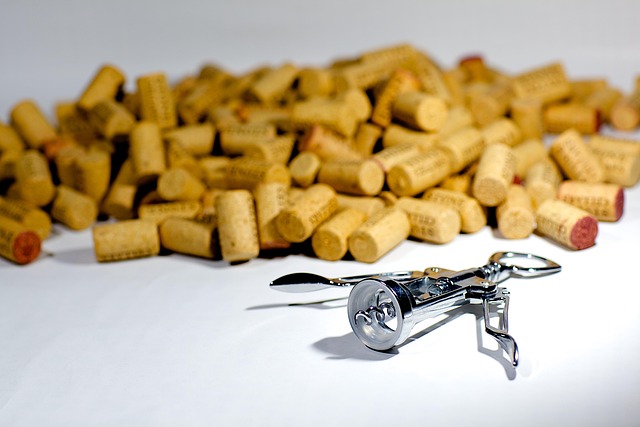
The art of car paint restoration is a meticulous process that transforms damaged vehicles into their former gleaming glory. It involves a series of intricate techniques designed to address various types of car paint imperfections, from swirls and scratches to more extensive damage caused by bumper repairs or vehicle collision repair. Skilled restorers use specialized tools and chemicals to gently buff away scars, reintroducing the original factory finish.
This restorative process begins with careful inspection to identify the extent of the damage, followed by a tailored approach. For minor scuffs and scratches, wet sanding techniques are employed, using progressively finer grits of sandpaper to smooth out imperfections. More severe cases of car damage repair may necessitate compound removal and plastic filling to repair dents or gouges before applying a fresh coat of paint. The end result is not just a visually appealing finish but also restored structural integrity, ensuring the vehicle’s exterior looks as good as new.
Choosing the Right Restoration Products and Tools
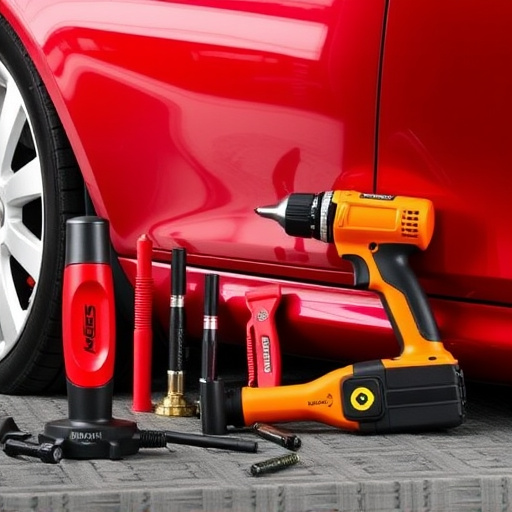
When it comes to car paint restoration, selecting the right products and tools is paramount for achieving professional results. The market offers a plethora of options, each catering to various degrees of damage and desired outcomes. For minor swirls and scratches, a good quality car polish and applicator pads can work wonders, buffing out imperfections seamlessly. These polishes are designed to remove clear coat defects while maintaining the original finish.
For more severe cases, such as deep scratches or paint chips resulting from a vehicle collision repair, you’ll need a more comprehensive kit. This might include cutting compounds for aggressive removal of damage and finer abrasive tools for precise detailing. Body shop services often recommend multi-step restoration processes, involving de-greasing, sanding, priming, and finally, painting less dent repair techniques to restore the vehicle’s pre-accident condition. Choosing the right combination of products tailored to your specific needs is key to a successful car paint restoration project.
Car paint restoration is a valuable skill that can transform your vehicle’s appearance. By understanding common issues like swirls, scratches, and imperfections, you’re halfway there. With the right techniques, products, and tools—many easily accessible for DIY enthusiasts—restoring your car’s paint job is achievable and can extend its lifespan. Embrace the art of car paint restoration, and soon enough, your vehicle will shine brighter than ever.
